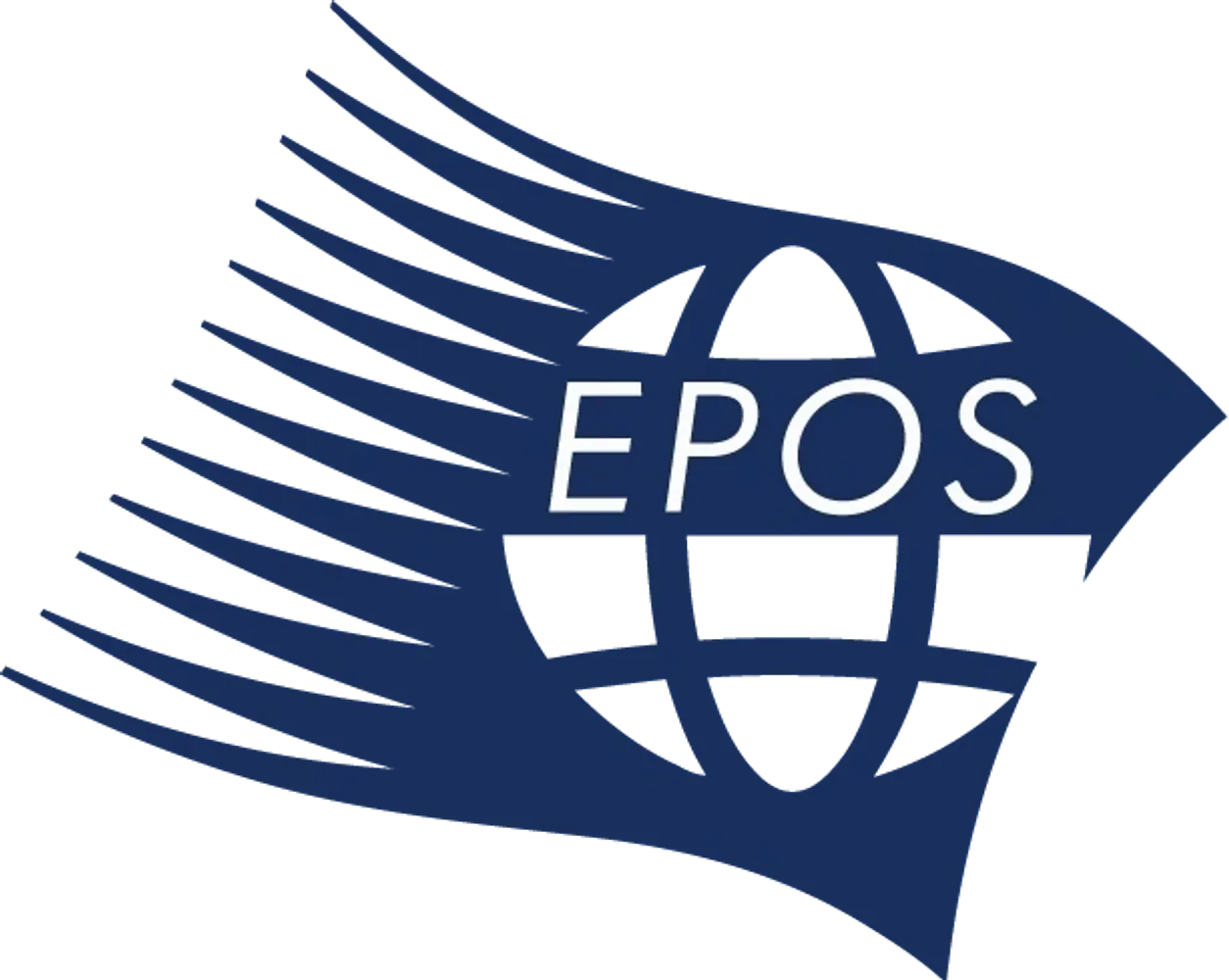Framework for Assessing Resilience in the Communication Networks of AEC Teams
DOI:
https://doi.org/10.25219/epoj.2018.00108Keywords:
Social network analysis, SNA, project performance, robustness, rapidityAbstract
Architecture, engineering and construction (AEC) teams experience frequent changes in membership when delivering a project. While some of these changes are planned (e.g. phased involvement, role reassignment), others are unexpected (e.g. career change, sudden downsizing). Poorly planned or unexpected changes in membership can bring communication to a standstill and impair a team’s ability to deliver a successful project. By examining literature from civil engineering, as well as recent studies on network and team science, we propose a conceptual framework that places the formation, disruption and recovery cycle of communication networks in the context of a construction project. The purpose of this framework is to gain a better understanding of resilient communication networks at the project-level. To demonstrate the potential of this framework, email data was collected from the construction manager on an in-progress project that experienced an unexpected departure of their onsite project engineer. A week-by week content and network analysis was performed for a period of one month to examine the impact of this change in team membership. The results suggest that the disruption in their communication network, measured as between a 40 to 50% loss in density, average degree and centralization following the departure of the Project Engineer, closely resembled the pattern of loss and recovery illustrated by the resilience triangle. Through discussion, the implications of these results at the project- and firm-level impacts are explored. Specifically, the framework demonstrated potential in forecasting vulnerability in a communication network by examining structural properties, such as high betweenness centrality relative to other members. However, we further that additional studies are needed to fully understand the dynamics and long-term benefits of more resilient communication networks, particularly as they relate to demographics and skillset of team members and the role of integrated delivery methods in promoting more robust networks.
